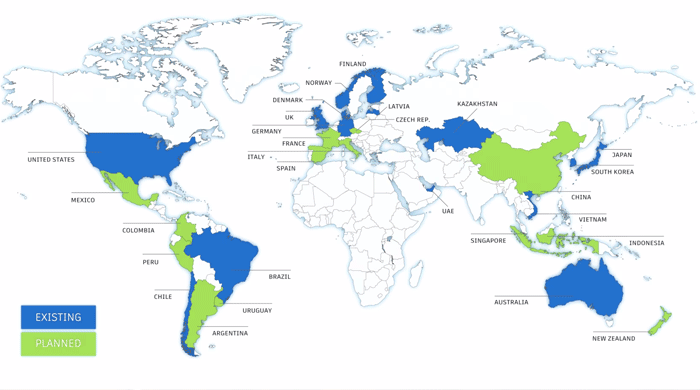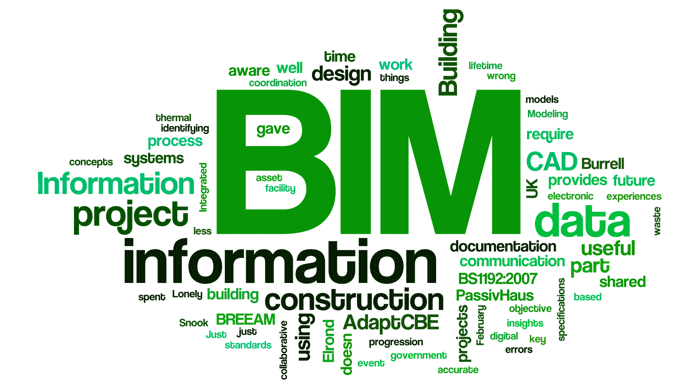Building information modeling (BIM) is a process involving the generation and management of digital representations of the physical and functional characteristics of places. BIM is supported by various tools, technologies and contracts. Building information models (BIMs) are computer files (often but not always in proprietary formats and containing proprietary data) which can be extracted, exchanged or networked to support decision-making regarding a built asset. BIM software is used by individuals, businesses and government agencies who plan, design, construct, operate and maintain buildings and diverse physical infrastructures, such as water, refuse, electricity, gas, communication utilities, roads, railways, bridges, ports and tunnels.
BIM allows you to create and manage data during the design, construction and commissioning process. BIM integrates multidisciplinary data to create detailed digital representations that are managed in an open cloud platform enabling real-time collaboration. BIM ensures greater visibility, better decisions, more sustainable options and cost reduction for Architecture, Engineering and Construction (AEC) projects.
Why is BIM important?
According to the UN, the world population will reach 9.7 billion by 2050. The global AEC industry must seek smarter and more efficient design and construction methods, not only to meet global demand, but also to create smarter, more resilient spaces.
BIM not only allows design and construction teams to work smarter, but it also allows them to capture the data they create and use it to operate and maintain the work.
This map shows countries where BIM adoption mandates are in place:

In Italy, methods and times for the progressive introduction of BIM in public procurement for building works and infrastructure have been defined by the Decree of the Ministry of Infrastructure number 560 of 1 December 2017[8], which implemented article 23 of the Contract Code . With the aforementioned decree, the use of BIM has become mandatory starting from 2019 for works with a tender amount equal to or greater than 100 million euros. This amount progressively decreases over the years until it reaches one million starting from 1 January 2025. From 2023 BIM is mandatory for public projects with a cost exceeding one million euros.
What are the advantages of BIM compared to CAD software?
CAD and BIM processes are used to capture and communicate the design idea and construction intent of an AEC project through a drawing, allowing those involved to understand what needs to be built and how. BIM allows design and construction teams to leverage technology investment to further develop the project. The BIM process supports the creation and management of information throughout the lifecycle of an AEC project, bringing together all multidisciplinary design and construction documentation into a common dataset. Because data is available in multiple formats, from 2D and 3D representations to tables, information is much more accessible and connected than in the disparate data sources typical of traditional CAD approaches.
